
Creating Affirming Spaces in Classrooms
Creating Affirming Spaces in Classrooms Creating an affirming environment for 2SLGBTQ+ youth is crucial for their emotional and mental well-being. Research shows that students who
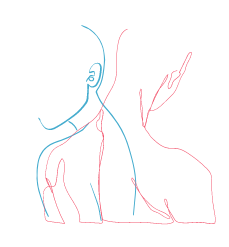
This gathering featured youth dancers, drummers, and elders in the city who wanted to share their knowledge and passion for the culture and uplift efforts to increase celebrations of culture within the TDSB (Toronto District School Board). I remember wearing a yellow shirt with black text on it, it was promotional material for National Aboriginal Day which falls on June 21st of each year. It was my favourite shirt, and I wore it frequently to school. I felt so comfortable wearing it as it did not fall under any clothing category and was flexible in both comfort and gender perception.
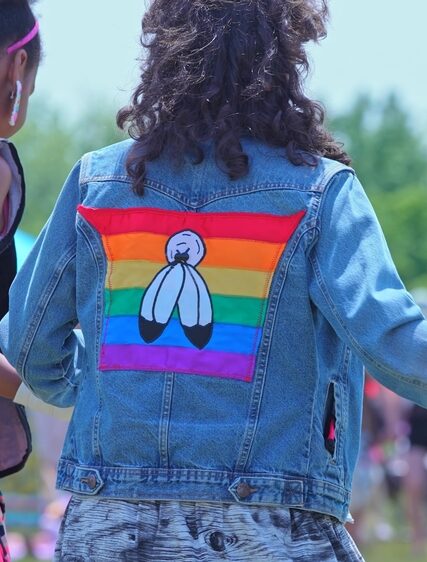
One of my most fond core memories of my First Nations school is the big circles every Friday, where male and female drum groups, elders, teachers, and students all gathered to share their teachings for the week. When the men’s drum group would sing, everyone of all genders and ages would gather around the drum and sing in harmony with them. I remember thinking, why couldn’t I sing with them and bang the drum? Why was I only allowed to harmonize in higher notes as a hand drummer or vocalist, but not as a big drummer? I knew I wasn’t a man, but I wasn’t fully attached to girlhood – so why did I feel so within but also without, why was I different and why couldn’t I celebrate it?
Niizh Mandiooag, which is the Anishnaabemowin term for Two Spirit and the term I identify with as openly queer and trans. The name Atreyu comes from the time I was 15 and struggling with dissociation. I remember imagining myself as a masculine person playing soccer and squash, wearing masculine clothing, having a good time with friends, and using another name with a close friend at the time – wanting to embrace this alternate state, but I was too worried it wasn’t real enough so I repressed it. On the other hand, I have always known that there are feminine sides to me in how I dress, or how I grew up playing with Barbie, how I speak to others, especially through singing lovingly high notes, and how I romanticize the world around me. Then years later when I got to college it hit me that gender identity is not just about what is perceived, but how someone feels within and that I could shapeshift between the masculine and feminine worlds.
"when I got to college it hit me that gender identity is not just about what is perceived, but how someone feels within and that I could shapeshift between the masculine and feminine worlds."
Atreyu Lewis (they/he) Tweet

It felt like I only knew things about girlhood and womanhood because of studying it rather than relating to it. I did things such as cutting my hair, never wearing it down, ripping up pictures, and performing a cheery tone with my voice because I thought I was supposed to sell what I had going for me, which was a beautiful voice, face, and deadname that was so unique. However, when I look back at who I was then, I can only see Atreyu in disguise as my face structure, hair, eyes even my aura screams ‘Atreyu’ as young as preschool. Choosing the name Atreyu was a trip back in time to my younger self at 15, even younger when I had no concept of gender or expectations of how to present, but when I freely expressed my passions for sports, learning, culture, and friendships. I didn’t choose the name Atreyu; it has always been in my mind, and it has always been my name.
Atreyu is an acknowledgment of the wounded masculine who wasn’t allowed to have majestic hair instead of pretty hair, who couldn’t speak in different vocal ranges, always one higher pitched one that always felt forced. It is also the celebration of the feminine in me that I always lean into when showing emotional intelligence and having a social and work attitude of a strong woman but not as a woman rather as a feminine non-male.
For Anishnaabe Ojibwe people, Nanaboozhoo is considered our first ancestor and the first human to walk the earth, a direct creation from Gchi-Manitou (The Creator) and is portrayed as a masculine and androgynous hero figure that learned from non-human kin when trying to navigate the world as the first human. Nanaboozhoo was a masculine figure in appearance, but also in my view, can be considered a non-conforming figure that is a link between the worlds of spirit and mother earth. He is a defender of sacred teachings but also a doer and wants to see the world thrive in creation but is not attached to any specific binaries. It’s also very important that Indigenous LGBTQ+ people today have fellow queer trans community members involved in leading ceremonies, dancing at pow wows, and running businesses. We need that solidarity and representation for each other’s survival at the very least. When I feel anxious about the fate of Two Spirited people on Earth as our rights are constantly being taken away, being able to attend events such as the Toronto 2 Spirit pow wow helps rejuvenate my connections to my Two Spirit identity and community.
Atreyu is someone who is free and living endlessly, no matter what happens, who chooses to be happy, despite insecurities. Through these stories and memories I carry, I hope I can now celebrate both Indigeneity as my identity and the harmony that comes with being free to express myself and exist as an open gender diverse being.
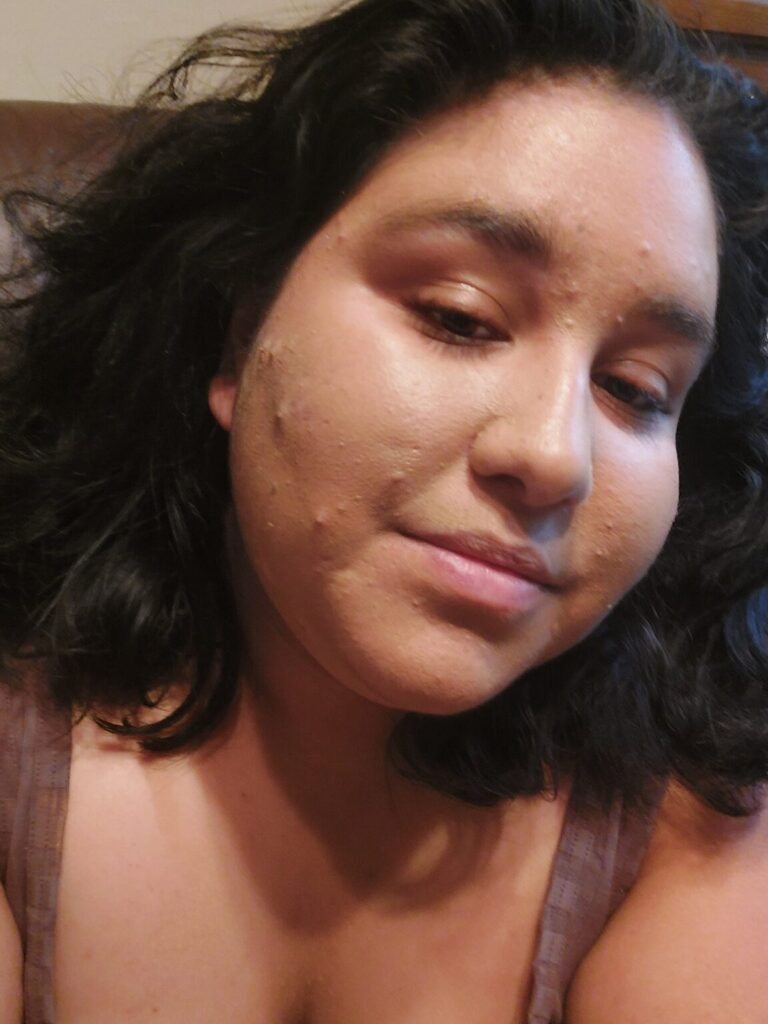
Atreyu Lewis (they/he) is an Anishnaabe Ojibwe and Punjabi queer trans student, organizer, community worker, and advocate who is a student at Mcgill University. They are from Tkaronto on treaty 13 territory and currently resides in Montreal on unceded Kanienkehaka territory. Their work is focused on equity-based solutions and approaches to justice for marginalized communities, Indigenous rights, disability justice, and anti-oppressive frameworks.

Creating Affirming Spaces in Classrooms Creating an affirming environment for 2SLGBTQ+ youth is crucial for their emotional and mental well-being. Research shows that students who

It Gets Better Canada has made the decision to leave X (formerly known as Twitter). Over the past few months, many have experienced a noticeable
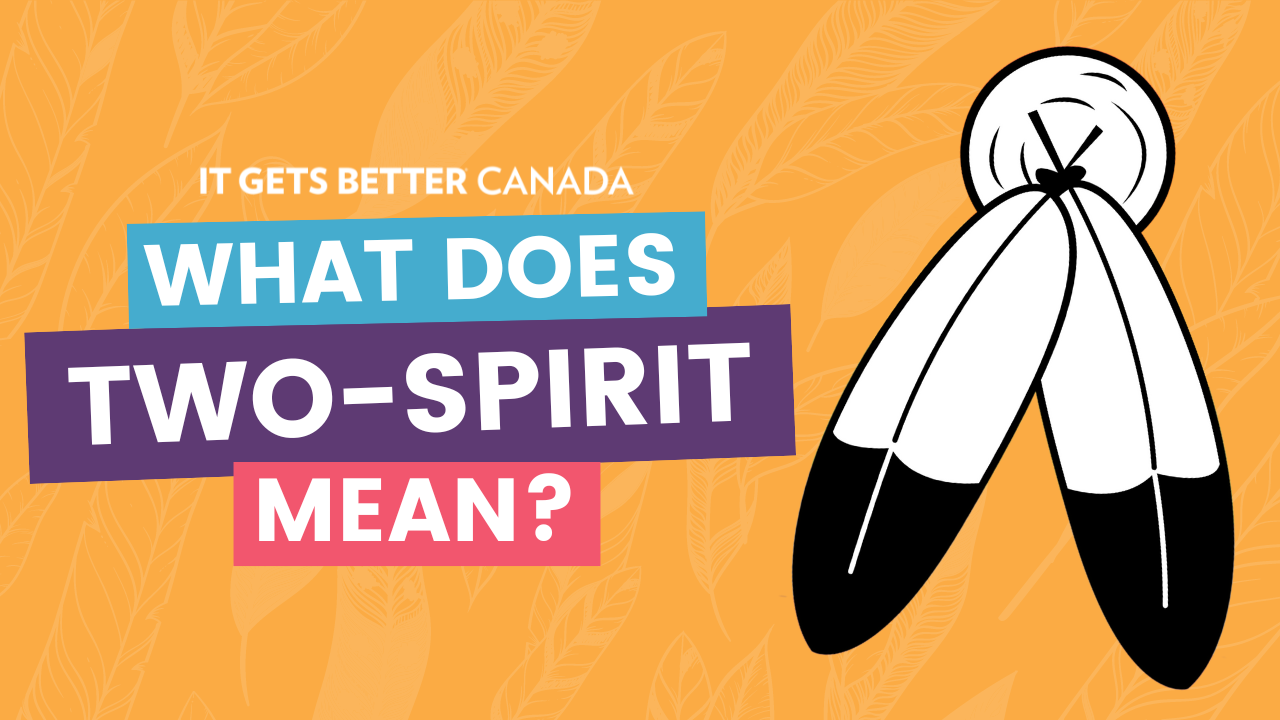
Two-Spirit Identity: Navigating My Journey of Reclamation & Reconnection For me to speak about the history and understanding of identifying as “Two-Spirit” is to only
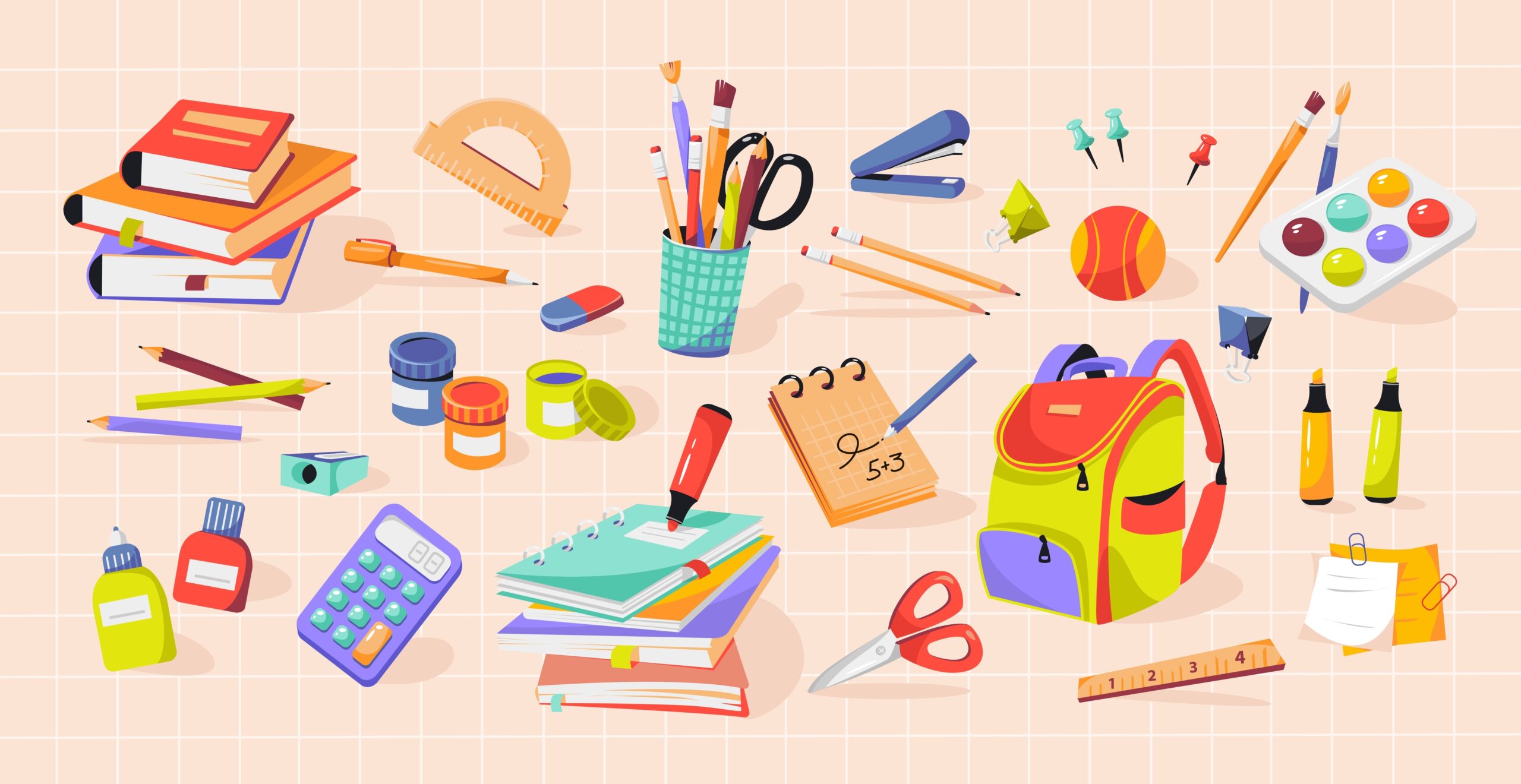
It’s Back-To-School Season! We get that it can be an overwhelming time, so why not start the year with items that excite you and hopefully

Back to School Tips For School Staff Introduction Schools are some of the first places 2SLGBTQ+ youth start publicly expressing themselves. The allyship and safe

